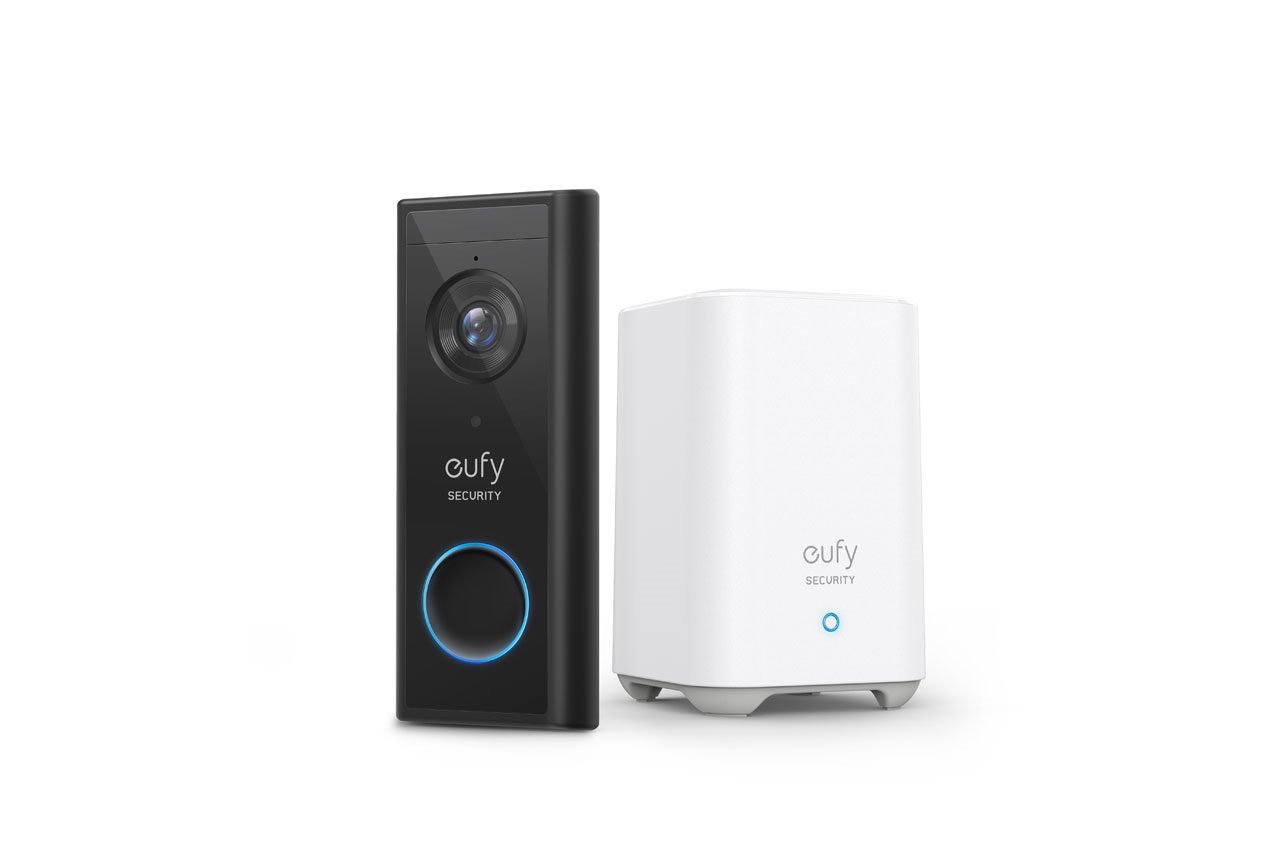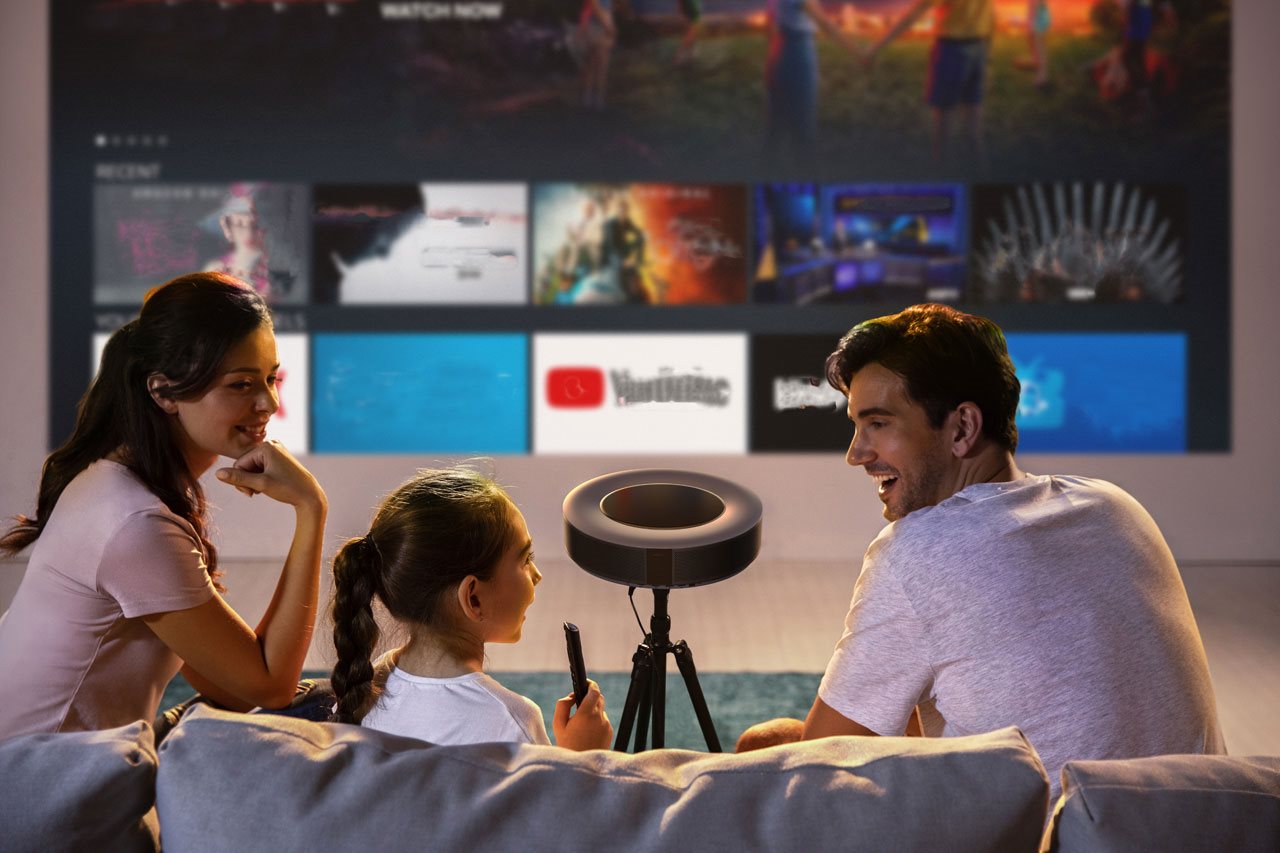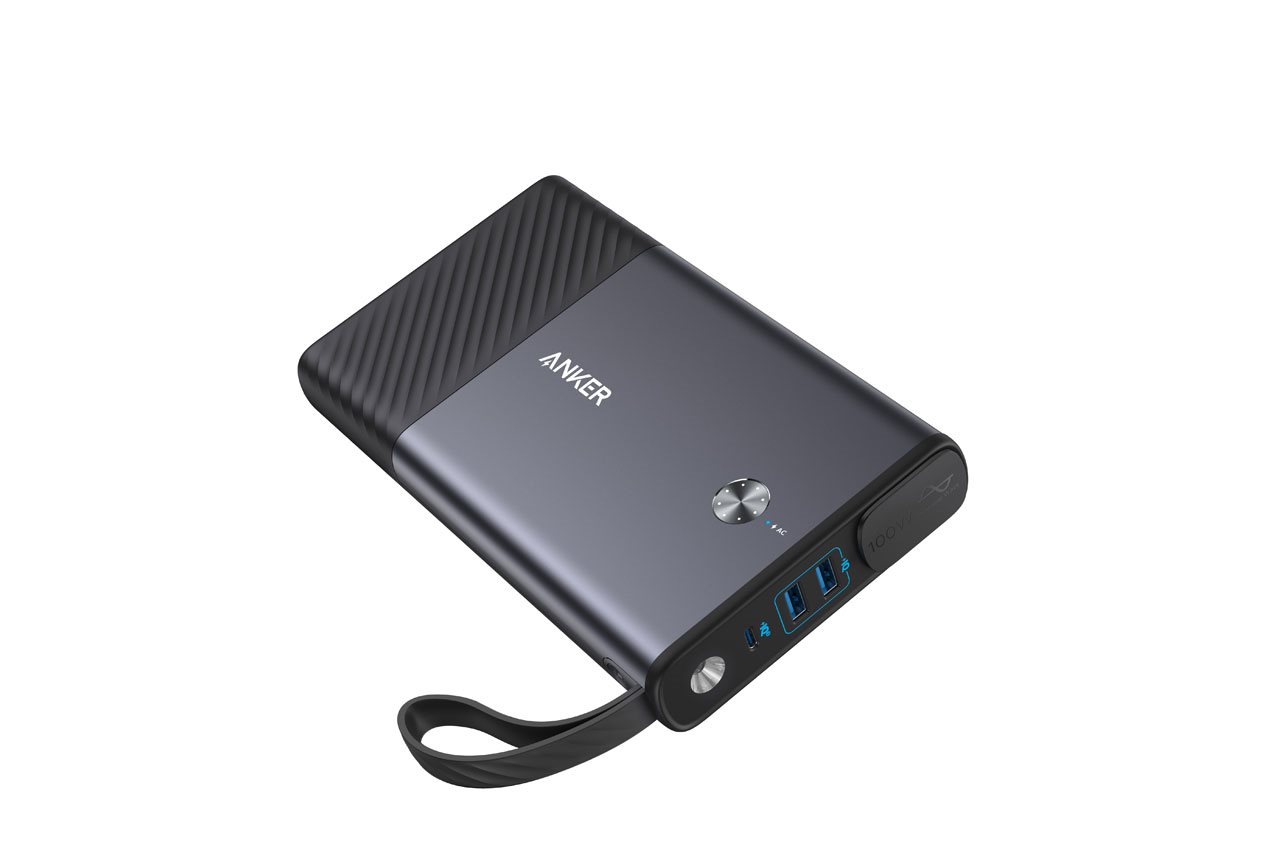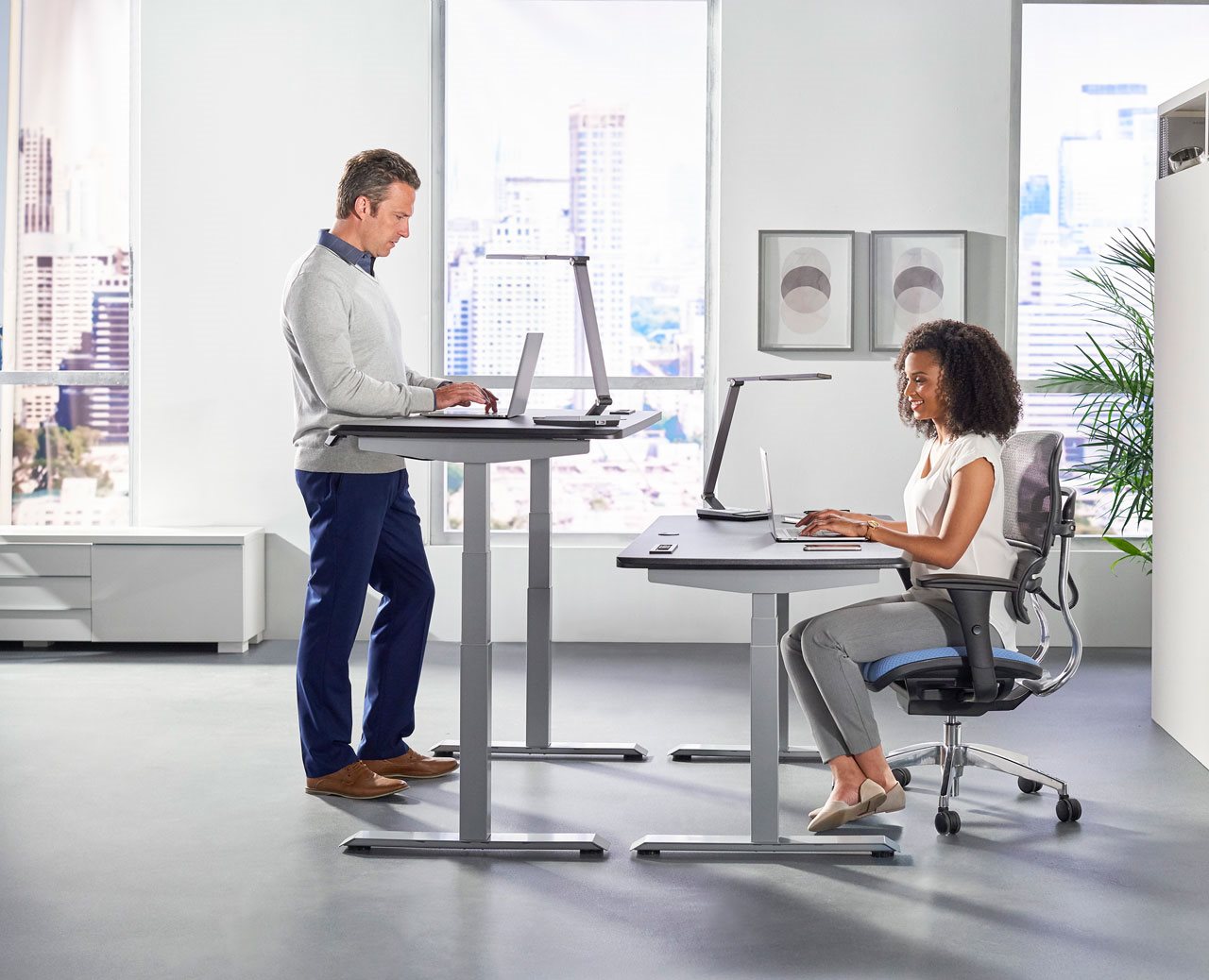2020-01-13T09:01:00
(BPT) – Dave, age 74, a retired furniture designer who spent winters on the Utah ski slopes, had always been active and never felt the need to see a doctor. Several years ago, after noticing irregular patterns in his health, such as frequent urination, he assumed these changes were a normal part of aging. However, his symptoms continued to increase in severity.
“I knew something was wrong with my body,” said Dave, “I decided it was time to take charge and visit a doctor to understand what was going on.”
After several tests, followed by a trip to an oncologist, Dave received a diagnosis — he had prostate cancer.
“Hearing that diagnosis was frightening and it was a depressing time for me,” Dave said. He was told that his cancer — metastatic castration-sensitive prostate cancer (mCSPC) — had spread beyond the prostate to other areas of his body, including his spine and hip bones. Despite the difficult news, Dave was determined: “I wanted to keep fighting and have a chance to live longer.”
mCSPC refers to prostate cancer that has spread to other parts of the body and still responds to a medical or surgical treatment that lowers testosterone.[1]
For patients like Dave who have been diagnosed with advanced prostate cancer, working with a physician to monitor progression is critical.[2] Hormone therapy, called ADT, or androgen deprivation therapy, is a treatment given to reduce or block the production and action of male hormones in the body called androgens. However, after time, some prostate cancer can adapt and progress. When that happens, additional treatments need to be considered.[3]
Now, there are medications, such as ERLEADA® (apalutamide), which was recently approved by the U.S. Food and Drug Administration (FDA) for the treatment of patients with mCSPC, that may help delay metastatic prostate cancer from progressing.[4]
“mCSPC, for most patients, remains a lethal disease; it’s critical to control this aggressive type of cancer,” says Dave’s doctor, Dr. Neeraj Agarwal, of Huntsman Cancer Institute and professor of medicine at the University of Utah. “While historically difficult to treat, there has been progress in the development of new treatment options for mCSPC, including ERLEADA®, which in combination with ADT in a clinical trial setting, has demonstrated the ability to give certain patients a chance to live longer while also delaying progression of the disease.”
In a clinical trial, ERLEADA® gave patients more time without their cancer progressing* and a chance to live longer. ERLEADA® and ADT reduced the risk of prostate cancer progressing by 52 percent vs patients taking placebo and ADT. Placebo is a pill that looks like ‘real’ medicine but contains nothing to affect health.[5] ERLEADA® and ADT also reduced the risk of death by 33 percent vs patients taking placebo and ADT. ERLEADA® plus ADT was compared with placebo plus ADT in 1052 patients with mCSPC. In this study, patients either received ERLEADA® at a dose of 240 mg once daily or placebo. All patients in the study received ADT.
Results may vary. ERLEADA® may not be right for everyone. Only your doctor can decide if ERLEADA® is right for you.
ERLEADA® may cause serious side effects, including heart disease, fractures and falls, and seizure. The most common side effects of ERLEADA® include feeling very tired, joint pain, rash — tell your healthcare provider if you get a rash — decreased appetite, fall, weight loss, hypertension, hot flash, diarrhea, and fracture. (Additional Important Safety Information is below.)
These days, Dave is fixing up an old motorcycle in his garage and looks forward to hunting season. “Don’t give up and keep fighting,” said Dave. “Take action by talking with your doctor about any health concerns and issues. Be proactive, ask questions and be involved in your own care—making sure to share any symptoms or worries that you may have with your healthcare provider.”
This content is provided by Janssen Biotech, Inc. Visit www.ERLEADA.com for more information.
ERLEADA® is a trademark of Janssen Biotech, Inc.
*Progression was defined as the length of time patients lived without their disease spreading further as measured by imaging studies or dying.
###
IMPORTANT SAFETY INFORMATION
Before taking ERLEADA®, tell your healthcare provider about all your medical conditions, including if you:
- Have a history of heart disease
- Have high blood pressure
- Have diabetes
- Have abnormal amounts of fat or cholesterol in your blood (dyslipidemia)
- Have a history of seizures, brain injury, stroke, or brain tumors
- Are pregnant or plan to become pregnant. ERLEADA® can cause harm to your unborn baby and loss of pregnancy (miscarriage)
- Have a partner who is pregnant or may become pregnant
- Males who have female partners who are able to become pregnant should use effective birth control (contraception) during treatment and for 3 months after the last dose of ERLEADA®
- Males should use a condom during sex with a pregnant female
Talk with your healthcare provider if you have questions about birth control.
- Are breastfeeding or plan to breastfeed. It is not known if ERLEADA® passes into breast milk
Tell your healthcare provider about all the medicines you take, including prescription and over-the-counter medicines, vitamins, and herbal supplements. ERLEADA® can interact with many other medicines.
You should not start or stop any medicine before you talk with the healthcare provider that prescribed ERLEADA®.
Know the medicines you take. Keep a list of them with you to show to your healthcare provider and pharmacist when you get a new medicine.
How should I take ERLEADA®?
- Take ERLEADA® exactly as your healthcare provider tells you
- Your healthcare provider may change your dose if needed
- Do not stop taking your prescribed dose of ERLEADA® without talking with your healthcare provider first
- Take your prescribed dose of ERLEADA® 1 time a day, at the same time each day
- Take ERLEADA® with or without food
- Swallow ERLEADA® tablets whole
- If you miss a dose of ERLEADA®, take your normal dose as soon as possible on the same day. Return to your normal schedule on the following day. You should not take extra tablets to make up the missed dose
- You should start or continue a gonadotropin-releasing hormone (GnRH) analog therapy during your treatment with ERLEADA® unless you have had a surgery to lower the amount of testosterone in your body (surgical castration)
- If you take too much ERLEADA®, call your healthcare provider or go to the nearest hospital emergency room
What are the possible side effects of ERLEADA®?
ERLEADA® may cause serious side effects including:
- Heart Disease. Blockage of the arteries in the heart that can lead to death has happened in some people during treatment with ERLEADA®. Your healthcare provider will monitor you for signs and symptoms of heart problems during your treatment with ERLEADA®. Call your healthcare provider or go to the nearest emergency room right away if you get chest pain or discomfort at rest or with activity, or shortness of breath during your treatment with ERLEADA®
- Fractures and Falls. ERLEADA® treatment can cause bones and muscles to weaken and may increase your risk for falls and fractures. Falls and fractures have happened in people during treatment with ERLEADA®. Your healthcare provider will monitor your risks for falls and fractures during treatment with ERLEADA®
- Seizure. Treatment with ERLEADA® may increase your risk of having a seizure. You should avoid activities where a sudden loss of consciousness could cause serious harm to yourself or others. Tell your healthcare provider right away if you have a loss of consciousness or seizure. Your healthcare provider will stop ERLEADA® if you have a seizure during treatment
The most common side effects of ERLEADA® include:
- Feeling very tired
- Joint pain
- Rash. Tell your healthcare provider if you get a rash
- Decreased appetite
- Fall
|
- Weight loss
- Hypertension
- Hot flash
- Diarrhea
- Fracture
|
ERLEADA® may cause fertility problems in males, which may affect the ability to father children. Talk to your healthcare provider if you have concerns about fertility. Do not donate sperm during treatment with ERLEADA® and for 3 months after the last dose of ERLEADA®.
Tell your healthcare provider if you have any side effect that bothers you or that does not go away.
These are not all the possible side effects of ERLEADA®.
Call your doctor for medical advice about side effects. You may report side effects to FDA at 1-800-FDA-1088.
What is ERLEADA®?
ERLEADA® (apalutamide) is a prescription medicine used for the treatment of prostate cancer:
- That has spread to other parts of the body and still responds to a medical or surgical treatment that lowers testosterone
OR
- That has not spread to other parts of the body and no longer responds to a medical or surgical treatment that lowers testosterone
It is not known if ERLEADA® is safe and effective in females.
It is not known if ERLEADA® is safe and effective in children.
Please see the full Prescribing Information for ERLEADA®.
[2] Wallace, TJ. Current Approaches, Challenges and Future Directions for Monitoring Treatment Response in Prostate Cancer. Journal of Cancer. Accessed January 2020.
[4] ERLEADA Prescribing Information, September 2019.






















